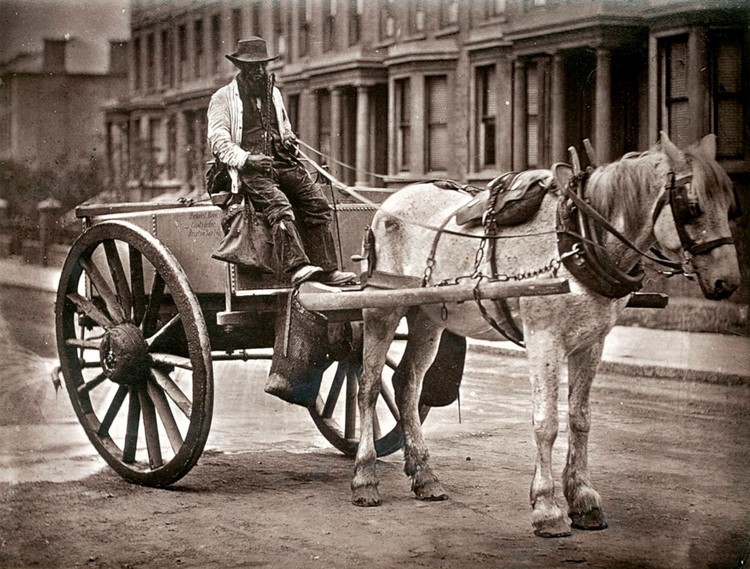 Brad Carr, National Australia Bank’s (NAB) Executive, Digital Governance and Industry Engagement, explores how we can enable an open data ecosystem that extends beyond sector boundaries, to empower consumers and innovators.
Brad Carr, National Australia Bank’s (NAB) Executive, Digital Governance and Industry Engagement, explores how we can enable an open data ecosystem that extends beyond sector boundaries, to empower consumers and innovators.
Addressing ‘What could the perfect ecosystem look like?’, I’m inclined to firstly argue with the premise of the question. I don’t know what the perfect ecosystem looks like, and I don’t think anyone else does — and I don’t think we need to know.
Rather than trying to design the perfect ecosystem, we need to create the conditions that will allow that to emerge.
If we provide a safe method for consumers and businesses to select what data they want to share, who they want to share that with, and with a secure vehicle for that transfer via APIs, then innovative players will emerge, and they will find new opportunities and new use cases in solving customers’ problems, beyond anything that we might all try to design or construct now.
A common failing that we often make (and I stress that I say “we” here in the collective sense, all of us across private and public sectors) is getting ourselves trapped in the mindset of traditional sectoral boundaries. Even the more progressive ‘Open Data’ regimes across the world are impacted by that constraint. Australia’s Consumer Data Right (CDR) is rightly lauded for trying to go beyond just ‘Open Banking’, soon into energy retailing and subsequently into telcos and insurance, but it doesn’t yet go far enough, and we are unfortunately still approaching this as a sequence of sectors.
Where I refer to this sector-focused “failing,” I equally want to stress that I completely empathize with the course of how we’ve landed here, both on this topic and on others across digital finance. It is understandable given the legacy regulatory constructs, and the legislated mandates that government agencies often have to work from.
It is similarly a legacy that most firms (like ours, as a bank) have in coming from a particular sector, with systems architecture and product offerings that have been historically shaped in that same way.
Moving beyond a legacy approach
But that legacy thinking is not where our customers (and society more broadly) are coming from, in their expectations today and in the future. To the customer, it’s not their financial data, distinct from their communications data, distinct from their social media data; rather, it is simply all their data.
I call this out with my own share of humility, and I have had to revisit some of my earlier thinking. I had previously seen the CDR’s sector-by-sector progression and thought that was all directionally positive (though needing some acceleration), and I do completely understand why we in banking went first. But I’m coming to see that there is a greater urgency now in getting beyond that history, given where consumers are now at.
The reality we now have — across our economies and across patterns of consumer behaviour — is that those traditional sectoral distinctions don’t matter anymore. This has been amplified by the experiences in the pandemic, trending away from traditional deliveries and structures via things like:
- The adoption of e-commerce
- The use of new telecommunications
- The shift in entertainment preferences towards streaming
- Online education
- Increased reliance on integrated BigTech platforms
These phenomena have compounded other trends that were already accelerating: the gig economy; the growth of gaming and metaverse; the centrality of social media in how we interact. The key point is that none of these things are happening in isolation.
As a bank, we don’t operate in a vacuum. Our business is to enable moments — big and small — in the lives of our customers, and we see that people want better integration across walks of life. This is the reality of what customers have come to expect.
So where ‘Open Banking’ is a redundant way of thinking, so too is ‘Open Electricity’, and ‘Open Any Other Sector’. Rather, we need the more inclusive approach of ‘Open Data’. Instead of framing this in terms of sectors, we should instead frame it in terms of the data sets that might have value for those who want to innovate in our economy.
Taking back control of our data
Those useful data sets are often the ones that are currently being held by BigTech firms, not least given the connectivity that those firms bring across walks of life. For example, there’s some fascinating work published in the US by the FDIC, on research led by Manju Puri of Duke University, highlighting the possibilities from predictive modelling based on a customer’s ‘digital footprint’: what operating system they were using; what time of day they logged in; whether they typed in all-capitals; whether they used their work email address or their Gmail account. Puri’s case is only one example and other innovators will find more; My contention is that the consumer should have the choice on who they trust to innovate with their data.

Henry Ford: “if had I asked people what they wanted, they would’ve said a faster horse.”
We need to empower the consumer with the ability to take their data wherever they wish. Whether that might be their social networks and downloads, or their payments history, or their energy usage — this should be all at the consumer’s choice, in who they want to trust; who they want to share that with; who they allow to innovate on their data.
Returning to my opening point, rather than trying to design or force a particular view of the ecosystem, we need to create a fully open framework, and let innovation happen. The prevailing constraint should be the customer’s choice over their data, not the firm’s sectoral domicile.
Crucially, we shouldn’t rely on prescribing the use cases that might gain traction. If we try to design a system around only where we see use cases today, we’re going to be fairly unimaginative. We’re really only inviting new ways of doing the same fundamental things that we’ve already been doing, with echoes of Henry Ford: “if had I asked people what they wanted, they would’ve said a faster horse.”
Improving what we already do is welcome, important and necessary — but it is not sufficient. If we want to really achieve customer empowerment and productivity growth, we need to think beyond that incrementalism.
To conclude, the best we can do to support an open data ecosystem of the future is to think not about sectors, or about what use cases we think will work today, but rather to put the customer in the driver’s seat. Let the customer decide where all their data can go, and put the onus on innovators to experiment and discover, and to align themselves with customers’ emerging and future needs.
_______________________________________________________________________
The conversation continues at Future Identity Festival 2022, 14th & 15th November, at The Brewery, London.

